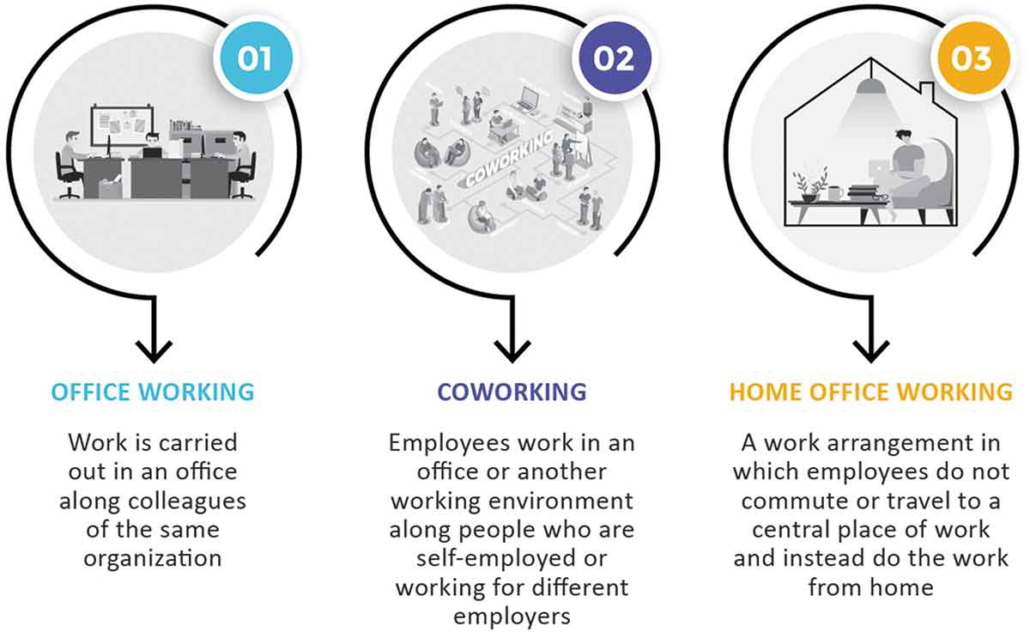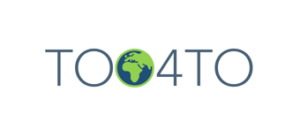Teaching and Learning – Transformative Changes from the Blackboard to the Virtual Environment

Integration of IT technologies in universities’ education and research process is quite common for the last decades. The importance of IT infrastructure, digitalization, and virtual technologies sharply increased during the COVID-19 pandemic. The voluntary and innovative aspects of applying those technologies transferred to must have and survival of education process in time of lock-down. However, a huge outbreak of COVID cases raised a Hamlet dilemma for all lecturers “to be or not to be” with already a clear answer. A challenging period for students and a nerve-wracking period for some lecturers: when ZOOM embodied a whole classroom and “break-out rooms” function – team working space; questions “Can you hear me well?” or “Can you see the slides?” were used as a starting prayer of a lecture. “Frozen faces” became more common, and loss of the Internet connection was the most significant threat (and still is!) for the study process. Despite all these crazy moments, this experience brought a number of benefits with innovations and skills among lecturers and students in a time of digitalization – as new era of transformative education process. At the same time, it revealed the gaps on a national or organizational (university) level. So the questions arise, what are the benefits and what are the challenges of the changes towards the screen-based education?
Trends and guidelines towards technological development and increased digitalisation in higher education
The importance of this topic becomes also clear when considering that the EU institutions prepare documentation, initiatives and funding for better digital integration in the European Higher Education Area.
The European Union set a policy initiative for 2021-2027, “The Digital Education Action Plan”, to better integrate IT technologies in universities. This plan aims to support the sustainable and effective adaptation of EU Member States’ education and training systems to the digital age. The plan has significant importance for including digital technologies into the teaching process, support for the digitalisation of teaching methods and pedagogies, and the provision of all necessary infrastructure for inclusive and resilient remote learning. There are three main priorities proposed in the document:
1. Making better use of digital technology for teaching and learning.
2. Developing relevant digital skills and competencies for digital transformation.
3. Improving education systems through better data analysis and foresight.
The Action Plan sets out two following priority areas: developing a high-performing digital education ecosystem and enhancing digital skills and competencies for digital transformation to achieve these objectives.
Moreover, during the Digital Education Action Plan preparation, stakeholders expressed the need for better cooperation and dialogue concerning digital education. Accordingly, at the beginning of January (2022) European Commission launched the Digital Education Hub. The Hub will provide visibility to the outputs of its community of practice, a dedicated space for its information-sharing needs and ensure synergies with the European Education Area initiative.
Lessons learnt about digitalisation in higher education during the COVID-19 crisis
Scientists analyse the impact of the COVID-19 crisis in various scientific fields – environmental, educational, social, etc. Experts of Kaunas University of Technology provided insights on a few exciting research results about the usage of digital environments in the study process:
Positive environmental aspects of “work-study from home.”
Scientists of Frederick University (Cyprus) and Kaunas University of Technology (Lithuania) analysed “The role of Remote Working in smart cities: lessons learnt from COVID-19 pandemic”. This article analysed the case of university employees’ behaviour in different types of working (fig. 1). Therefore, it is highly related to the studies and its process. This work established impact indicators that demonstrate the contribution of remote working models in tackling energy and environmental challenges for the transition of European cities to smart energy regions. The study revealed that: “at least 4.0 litres of transportation fuel and 7.4 kg of carbon dioxide can be saved per hour of remote work per 100 employees for the case of Cyprus.” According to the study results, only one question could be raised – how much of transportation fuel and carbon dioxide emissions were saved by distance learning?

The impact of digital technology on Lithuanian education and the difficulties it faces.
Another useful interview was carried out with Gytis Cibulskis – the head of Kaunas University
Virtual learning environments have been used extensively in universities and colleges before the pandemic. According to Gytis Cibulskis, the Head of Kaunas University of Technology E-learning Technology Centre: “The Internet has become an endless source of learning resources that facilitate the transfer of learning materials in the technology classroom; communication, collaboration, and diverse learning platforms are essential in organising the learning process remotely and in a hybrid way.”
According to G.Cibulskis:
- More attention should also be paid to the development and accessibility of digital learning tools.
- Higher education institutions should be encouraged to become actively involved in developing and implementing EdTech innovations.
- Virtual labs, learning data analytics, artificial intelligence applications, and other innovations could be tested by universities in higher education.
The solutions tested could be replicated in the general education sector as well, involving teachers in the development of teachers’ digital competencies.” Despite some drawbacks the Lithuanian education sector faces, there are some good initiatives to be mentioned:
- Teacher training packages the EdTech digital education transformation project has been initiated.
- Hybrid teaching equipment is being procured centrally.
- Other projects are being initiated.
¨It is to be hoped that the impetus given by the pandemic will have long-term positive consequences for the overall digitalisation of the educational sector”.
Further ideas for virtual teaching and learning process
Digital education has become an integral part and background of every study process. Therefore, the current challenge is to look for digital innovations, but not the digitalisation of the study process itself. The students and lecturers are getting more and more used to the virtual environment and online lectures. Therefore the development of the higher education will integrate digitalization, virtual and blended learning as one of the core resources, infrastructure and direction for the innovative and up-to-date competences providing institutions for the specialist of the future and nowadays. Transformative changes will be oriented not from the blackboard to the “black-screens” of the students (as it used to be in virtual lectures), but to the integration of innovative tools providing flexibility, individualization and all other benefits, the digitalization provides to the society. The question is HOW, but not WHY to be more digital in the education process. Therefore, the lessons learned at each institution and interinstitutional collaboration as well as orientation to the EU strategic guidelines will lead to positive changes and development of the quality of higher education.
p.s. Useful information for the lecturers and students, who are curious or still feel the need to improve the teaching/learning process, The United Nations prepared a list of programmes and websites called “Distance learning solutions”. The information and solutions include resources to provide psychosocial support, digital learning management systems, massive open online course (MOOC) platforms, self-directed learning content, collaboration platforms that support live-video communication, tools for teachers to create digital learning content, etc. The results of the TOO4TO project also could be seen as a set of useful virtual and digital tools for lecturers and students oriented to the development of sustainable management competences.
Written by Inga Gurauskienė, Kaunas University of Technology
References
Digital Education Action Plan (2021-2027). https://education.ec.europa.eu/focus-topics/digital/education-action-plan
Digital Education Hub. https://education.ec.europa.eu/focus-topics/digital-education/digital-education-action-plan/digital-education-hub
Gytis Cibulskis: learning process without technologies is unimaginable. https://en.ktu.edu/news/gytis-cibulskis-learning-process-without-technologies-is-unimaginable/
Kylili, A., Afxentiou, N., Georgiou, L., Panteli, C., Morsink-Georgalli, P.-Z., Panayidou, A., Papouis, C., & Fokaides, P. A. (2020). The role of Remote Working in smart cities: lessons learnt from COVID-19 pandemic. Energy Sources, Part A: Recovery, Utilization, and Environmental Effects, 0(0), 1–16. https://doi.org/10.1080/15567036.2020.1831108
Remote working can help solve environmental problems and develop smart cities. https://en.ktu.edu/news/remote-working-can-help-solve-environmental-problems-and-develop-smart-cities/
Researcher of KTU: online learning – will we be able to learn everything? (publication in Lithuianian: KTU mokslininkė: nuotolinis mokymasis – ar viską išmoksime?) https://ktu.edu/news/ktu-mokslininke-nuotolinis-mokymasis-ar-viska-ismoksime/
UNESCO. Distance learning solutions. https://en.unesco.org/covid19/educationresponse/solutions


